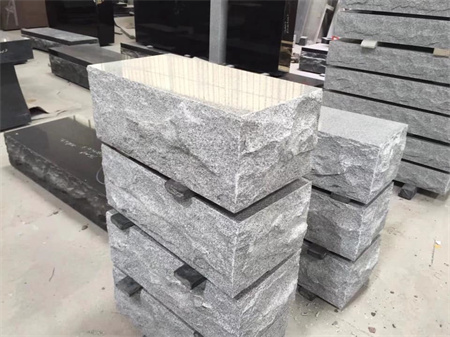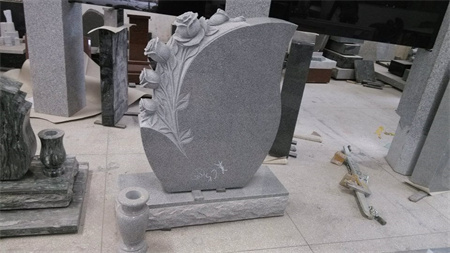Incorporating Granite Memorial Stones into Cemetery Layouts
Incorporating Granite Memorial Stones into Cemetery Layouts

Granite, with its natural strength, distinctive patterns, and rich colors, is an ideal material for cemetery memorials. Unlike other stone types, granite is highly resistant to weathering, ensuring that a memorial stone remains intact for decades, if not centuries. This makes granite an exceptional choice for cemetery layouts, where stones must withstand the changing seasons and the passage of time.

A key factor in incorporating granite memorial stones into cemetery layouts is the careful planning of spacing and placement. Memorial stones need to be positioned in a way that allows for easy access while respecting the sanctity of the site. The orientation of stones, often facing east or aligned with a specific path or landmark, can carry symbolic meaning, reflecting cultural and religious customs. In some designs, granite memorials are arranged to form pathways, gardens, or serene spaces where families can gather in remembrance. The stone’s reflective quality, combined with the natural landscape, can create a calming effect, turning the cemetery into a contemplative haven rather than a somber place.
Beyond their practical function as markers of graves, granite memorials often incorporate intricate artwork and personalization, allowing families to express the uniqueness of their loved ones. From carved portraits to inscribed quotes, the customization options available with granite stones make them powerful symbols of individual lives. Cemetery designers often work closely with families to understand their desires and incorporate meaningful symbols, be it religious icons, floral motifs, or abstract patterns, ensuring that each memorial is a personal and fitting tribute.
In many cases, granite is also used to create larger, collective memorials within the cemetery layout. These may take the form of memorial walls, cenotaphs, or communal monuments, where multiple names are engraved on a single structure. This type of design is especially meaningful in cases where families wish to honor a group of individuals—whether they be veterans, historical figures, or community leaders. The grandeur and permanence of granite make it the perfect material for these communal tributes, offering a place of reflection for all who visit.
Incorporating granite memorial stones into a cemetery layout also involves an understanding of the surrounding environment. The stone’s natural colors and textures can complement the landscape, blending harmoniously with trees, flowers, and other natural elements. Whether a cemetery is located in a rural, forested area or an urban setting, granite’s versatility allows it to adapt to different surroundings. Its deep tones can contrast beautifully with green lawns and vibrant flowerbeds, creating a striking yet peaceful atmosphere.
